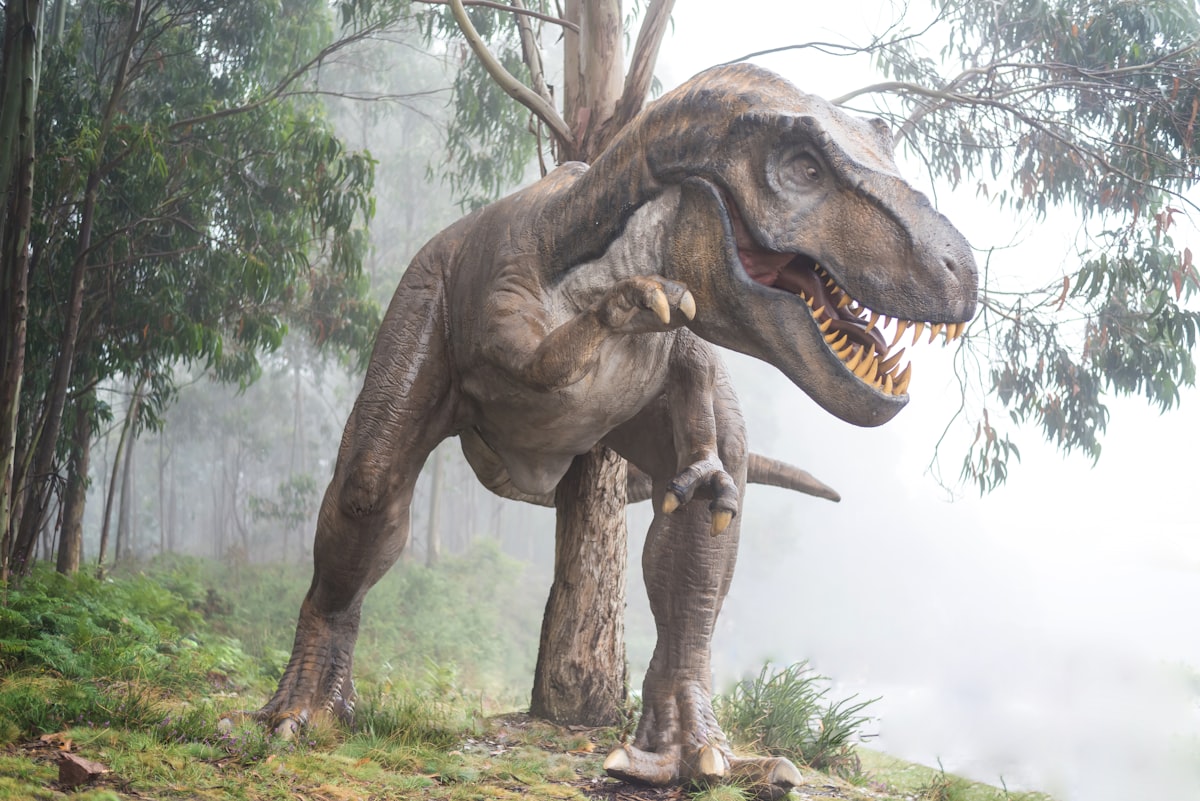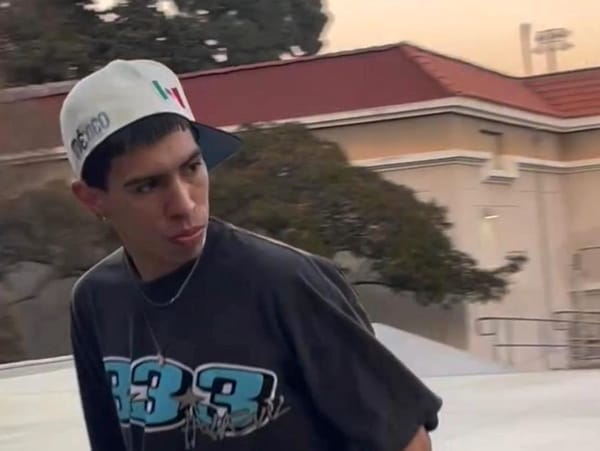The Chicxulub crater impact, Mayan astronomy, and NASA science in Yucatán
Find out why the Chicxulub crater is teaching us how to prepare for a possible future impact and is already a common word of reference for scientists. What happened at Chicxulub?

If the entire world's atomic arsenal were to explode at the same time, it would not emit the same amount of energy that was released 65 million years ago, when an object from outer space hit the Earth and wiped out more than 50 percent of the planet's living species, including the dinosaurs: such an explosion is inconceivable, difficult to imagine for human beings.
In the first minutes, hours, days, and months after the explosion, hot fragments rained down and started fires; ashes fell all over the planet. But it was not only the object that hit the Earth that caused the devastation but the composition of the rock where it fell, rich in sulfur. With the impact, the sulfur volatilized became steam and gas and turned into acid. The combination was lethal.
The explosion created clouds rich in sulfur and that caused the Earth to become opaque, the sun could not enter, the planet became cloudy worldwide for more than ten years and that caused a cooling: the impact winter. In the United States, fossils of flowers have been found on buttons that were frozen, which tells us that the impact may have occurred during the spring.
If the object had fallen in another part of the world, for example where there is volcanic rock, perhaps the effect would not have been so devastating. The impact was of such magnitude that it changed the biosphere of the planet and life, giving rise to what we are today.
There is a theory that places Yucatan in the center of world scientific attention, due to the crater of more than 170 kilometers in diameter that was located in Chicxulub Pueblo, in that entity, and that according to research, was formed with the impact of an object from outer space, possibly from an asteroid.
The extinction of the dinosaurs and the Chicxulub Crater
In the 1980s, a team of researchers from the University of California at Berkeley, led by Luis Alvarez, came up with this theory: scientists wondered what had happened to the dinosaurs, why did they disappear from the face of the Earth, when they were one of the strongest species that dominated the planet for more than 250 million years? Then there was talk of an environmental change, but they had no evidence.
Luis Alvarez proposed that the environmental change could have been caused by the collision of an asteroid, meteor, or comet with the Earth, due to the presence of anomalous amounts of iridium in various locations on the planet, since iridium is a very rare element to find in the Earth's crust, but abundant in meteorites; he also warned that given the extent of the iridium deposits located, the body from which they came must have been enormous.
When the theoretical proposal was published in Science magazine in the 1980s, it was controversial because no one wanted to believe that an asteroid impacting the Earth could cause such global devastation. They had geochemical evidence: iridium; but they had not located the footprint that the impact should have left: the crater, and it took ten years to discover it.
Currently, research is directed to determine how this mass extinction occurred, why some species survived and others did not, and if there were other mass extinctions related to impact craters.
Meanwhile, PEMEX engineers, looking for oil, located the crater in the marine waters near Yucatan: during a general broadcast conference in Houston, they explained that they had found the impact of an asteroid, an impact crater, but they did not make the correlation with the extinction of the dinosaurs since they did not know about Alvarez's work.
Such a finding was a pity because it took ten years to be rediscovered due to the lack of scientific dissemination. In 1991, when UNAM and NASA analyzed samples of wells made by PEMEX, the theory of an impact structure with an age of 65 million years was confirmed. Between 1994 and 1995 they made wells and took samples.
A semicircle of cenotes was found in the Yucatan Peninsula. "When I observed the semicircle in satellite photographs, an impact crater immediately came to my mind; I reviewed the geophysical information and said to myself: what we have here is the impact crater of the extinction of the dinosaurs. The ring of cenotes surrounding the crater is the only visible footprint on the surface of the Earth that exists today because the crater is buried", says Adriana Ocampo Uría, a researcher at the European Space Agency (ESA) and a planetary scientist at the National Aeronautics and Space Administration (NASA).
The story told by the rocks of Chicxulub
Why are there no cenotes near Mérida? Most of them are outside. It's because of the crater. In the whole Chicxulub region, the rock is thicker because below is the crater which is like a pot, Chicxulub is in the center of that pot, which, at the phreatic level, makes it more difficult for water to penetrate because it is limestone rock, the characteristic composition of Yucatan; which causes caves and cenotes to form.
Satellite images of the ring of cenotes were the first scientific study to be made, with NASA funds. There are hundreds of cenotes organized in a band that continues to the ocean. Half on land and half in the sea. The study of the crater has also allowed defining its shape, it is oval, which helped to determine where it came from: in fact, it came from the south because the immediate impacts were stronger in the northern hemisphere than in the southern hemisphere.
It was probably an asteroid that was impacted, but investigations are still needed to prove it because the impact disintegrated the object. As part of the studies, perforations were made in the Pacific, at the height of Baja California, on the other side of the map from where Chicxulub is located, and rock cores were extracted, in one of them a tiny fragment of the meteorite was found that seems to be from the asteroid, but the evidence is not yet available.
Chicxulub changed the international scientific mindset
The case of Chicxulub has changed the scientific mentality of the world, says Ocampo; now groups of specialists are looking for craters similar in size, of 200 kilometers, that can be linked to other massive extinctions that have occurred in the history of the planet. Today there are almost 200 impact craters around the world, caused by asteroids or comets. But very few are the size of Chicxulub, about four or five. They can be counted on the fingers of one hand.
Furthermore, Chicxulub has mentally rebalanced the scientific community on how to observe and study the evolution of the Earth and other planets, because we are applying what we have learned to Mars and Venus, and it is even helping to evolve the scientific objectives of NASA space missions. Worldwide institutions are orienting their studies based on the Chicxulub case and scientists from Germany, France, Holland, Spain, England, Australia, and Canada, among other nations, are participating; an international consortium was even created to carry out similar studies in the Atlantic Ocean.
The settlement is now known worldwide, specialists recognize it, they know where it is. Chicxulub is already a common word as a reference; the first thing scientists who study it mention is: it could be like what happened in Chicxulub. Another important aspect for NASA researchers is to know how the stars affect the Earth, not only the asteroids but others such as the Sun. Ocampo explains that Chicxulub is teaching us how to prepare for a possible future impact.
Source: INAH




